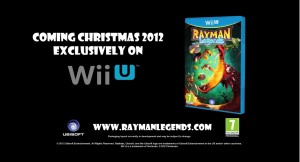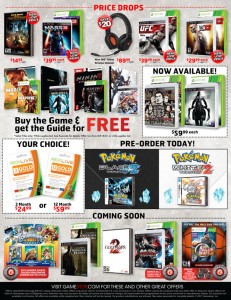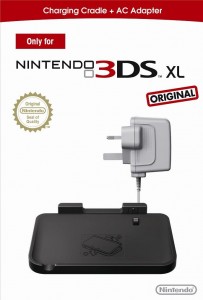Ninja Gaiden 3 was widely criticized when the game originally came out on the PlayStation 3 and Xbox 360. However, Team Ninja has a chance to redeem itself with a new version for Wii U, Razor’s Edge.
According to Team Ninja boss Yosuke Hayashi, Razor’s Edge will feature some “hardcore aspects” missing from the PS3/360 title. He additionally stated that it’s the “hardcore fan package of Ninja Gaiden 3.”
“We left out some of the things the series was well-known for. We did leave some of our fans out. We had this opportunity to put those hardcore aspects back in. It’s kind of the hardcore fan package of Ninja Gaiden 3.”
Addressing the reaction to the original Ninja Gaiden 3 release, Hayashi said:
“There were good elements and bad elements of it. Obviously there are new things in there too, but we shouldn’t try and throw out what Team Ninja is good at.”
Those worried about Razor’s Edge after seeing it at E3 2012 shouldn’t worry too much yet. Hayashi admits that what was shown at the expo was a “really rough version” with a loss of polygons, characters, and stages. With updates to the Wii U devkit, Hayashi feels that Team Ninja has been able to improve Razor’s Edge.
“We had to drop polygons, characters, stages, play around with the frame-rate to get it out there. It was a really rough version. But the Wii U devkit has since improved and we’re now working on updated hardware. The E3 version was not good.”

Missed the latest Rayman Legends trailer? If so, you probably haven’t heard that the game will be released “exclusively on Wii U” in time for Christmas. With the console probably arriving in November, you won’t have to wait long to play Ubisoft’s next Rayman title.
















